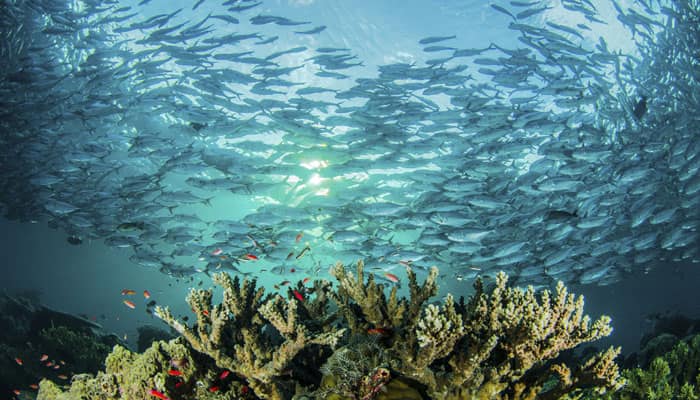Washington: The largest migration on the planet is the movement of small animals from the surface of the open ocean, where they feed on plants under the cover of darkness, to the sunless depths to hide from predators during the day, says a study.
University of Washington researchers have found that this regular migration helps shape our oceans. During the daylight hours below the surface the animals release ammonia, the equivalent of our urine, that turns out to play a significant role in marine chemistry, particularly in low-oxygen zones.
"I am very fascinated by these massive migrations. To me, it is exciting to think about the effects of animal behaviour on a large scale in the ocean," said Daniele Bianchi from the University of Washington in the US.
One might not think that peeing into the vastness of oceans could have an effect. But the animals - which include tiny zooplankton, crustaceans such as krill, and fish such as lanternfish - compensate for their small size with huge abundance throughout the world's oceans.
After at night time feast near the surface, they take a couple of hours to swim about 650 to 2,000 feet deep. Solid waste falls as pellets, the liquid waste is emitted more gradually.
Ammonia released from animals drives a big part of the oxygen-free conversion of ammonium and other molecules to nitrogen gas, a key chemical transition, showed the study.
For their study, the authors collected data from underwater sonar surveys to calculate how many animals are migrating to which depths, and where.
Next they measured the combined effect of their daytime digestion.
The ocean's low-oxygen zones are projected to expand under climate change, as warmer waters hold less oxygen and decrease oxygen content below the surface.
Understanding these zones is thus important for predicting what might happen to the oceans under climate change.
The study appeared in the journal Proceedings of the National Academy of Sciences.
















